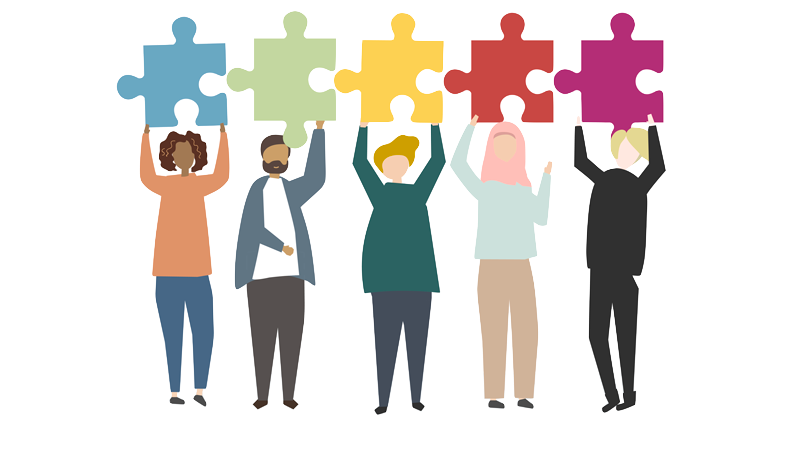Last week I was on a leadership course. I walked into the room on the first day to find the room arranged like a typical classroom. Rows of tables arranged neatly with one of the instructors waiting at the front of the room. It took about 2 minutes into the class for me to become disruptive. We were simply asked “Does the layout of the room lend itself to an effective learning environment?” I responded immediately with “woohoo – let’s get rid of the tables!” Then jumped up and started moving.
The rest of the room sat there looking at me in stunned silence. For a moment I wondered if they were going to lynch me. After a few seconds a second person got up, then a third, then the room started moving. We moved the tables off to the side and made a big circle of the chairs. It just seemed to happen once things started moving and I don’t remember anyone saying “let’s make a circle of chairs”.
What impact did my action have on the rest of the room?
I can only speculate what others were feeling based on my observations. However, it seemed some of the people were right with me on this move. Others seemed indifferent. Then there were people who seemed uncomfortable as suddenly they had no table in front of them.
I have been aware of my personality type for a large part of my career. I remember the first time I took a Myers-Briggs test. I learned Myers-Briggs helps me better understand myself. In other words to create more self-awareness about who I am and how I interact with the world around me. It was a good exercise and I did become more consciously aware of my personality traits. I also started to pay attention to the other personalities on the team.
Leadership
As a leader last week became a good reminder for me of the importance in knowing who’s on the team. I knew when I jumped up at the start of the class I was being disruptive. However, I like to try stuff and see what happens and while having fun.
When leading a team here’s a few thoughts that may help your team become more effective:
- Have everyone learn more about them selves and share it with each other. No deep analysis, no judgement, just open sharing between the members of the team. Myers-Briggs is just one model. There are many others freely available on the internet if you search for them. I don’t consider any one of them perfect, but each provide valuable data points in awareness.
- Learn how your own personality type impacts the others in the room. While I was willing to jump and just try a different arrangement to the class-room, there are other personality types which would rather strategize and plan. For example, one of the participants said it would have been nice to know what will happen during the course. This would have allowed us to plan for an effective room layout. It served as a good reminder for myself to not forget the impact I can have on others during teamwork.
- Build a team environment allowing for effective discussions. We had several occurrences last week where we had proposals answered with other proposals, taking forever to reach a decision. There are several facilitation and decision-making approaches helpful to improving how teams debate and reach decisions. Help your team find the most effective approach for them selves. What will work for your team may vary depending on what personalities are in the room so be ready to experiment.
- Provide a structure allowing for discussions to slow down when needed. People process information at different rates, and when some people speed along you can lose those who need to contemplate what they’re hearing. Last week my team used a hand sign to signal for a pause. This hand sign worked for us as it was more effective than trying to interrupt some of the fast talkers.
This certainly isn’t a comprehensive list of how to build a good team. However, with a little effort it’s possible to get to know yourself first and help your team do the same. If you skip this step I’m not sure building a great team is even possible.

